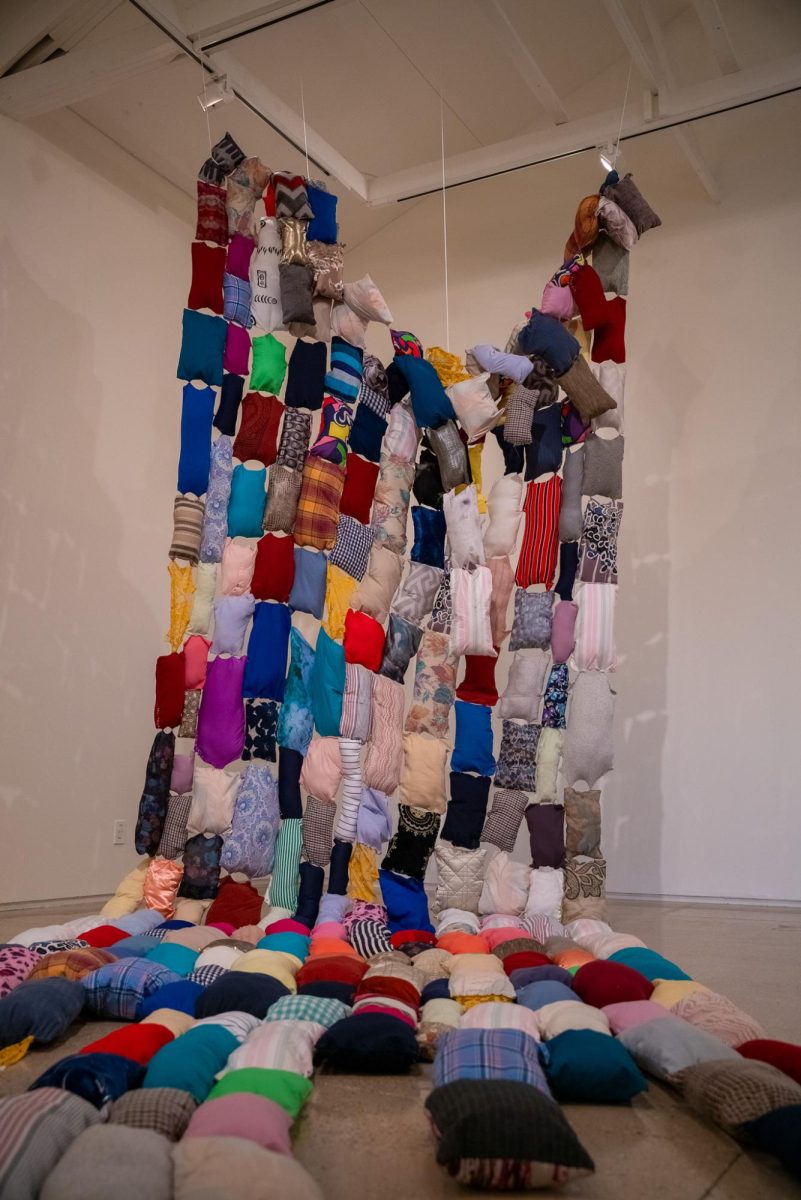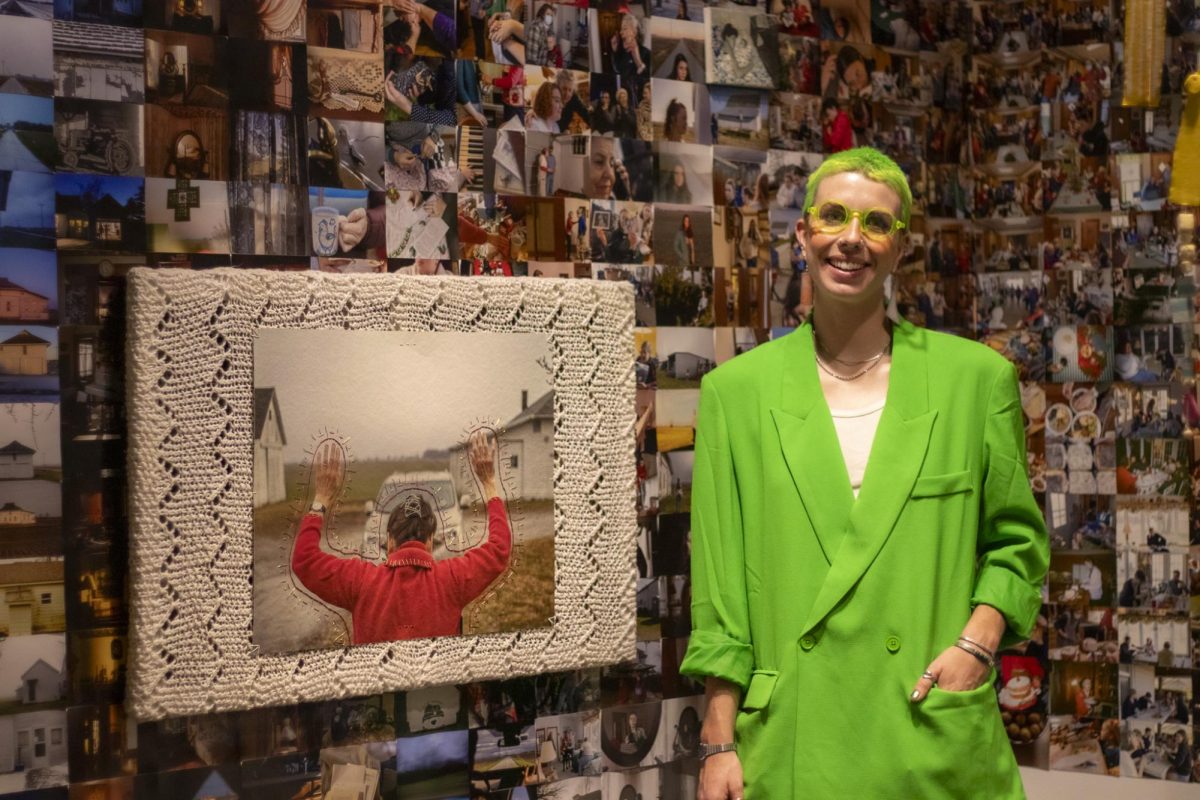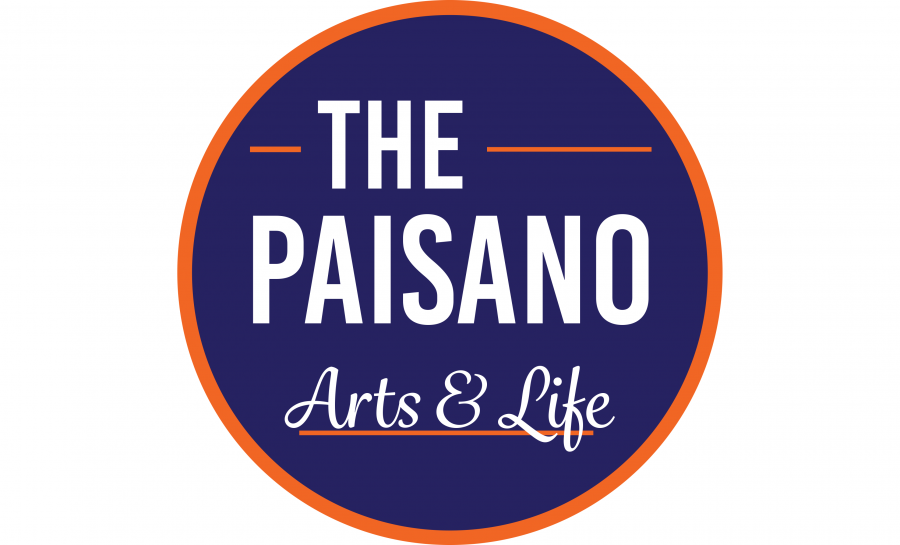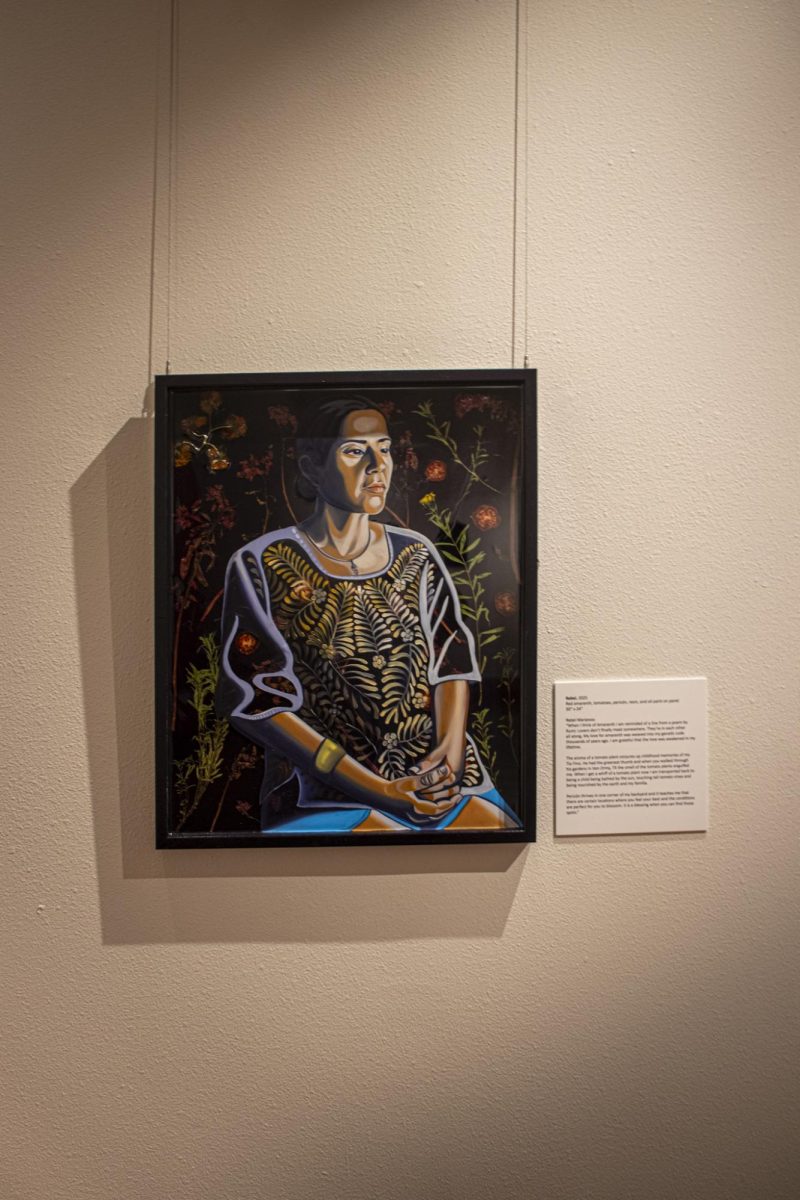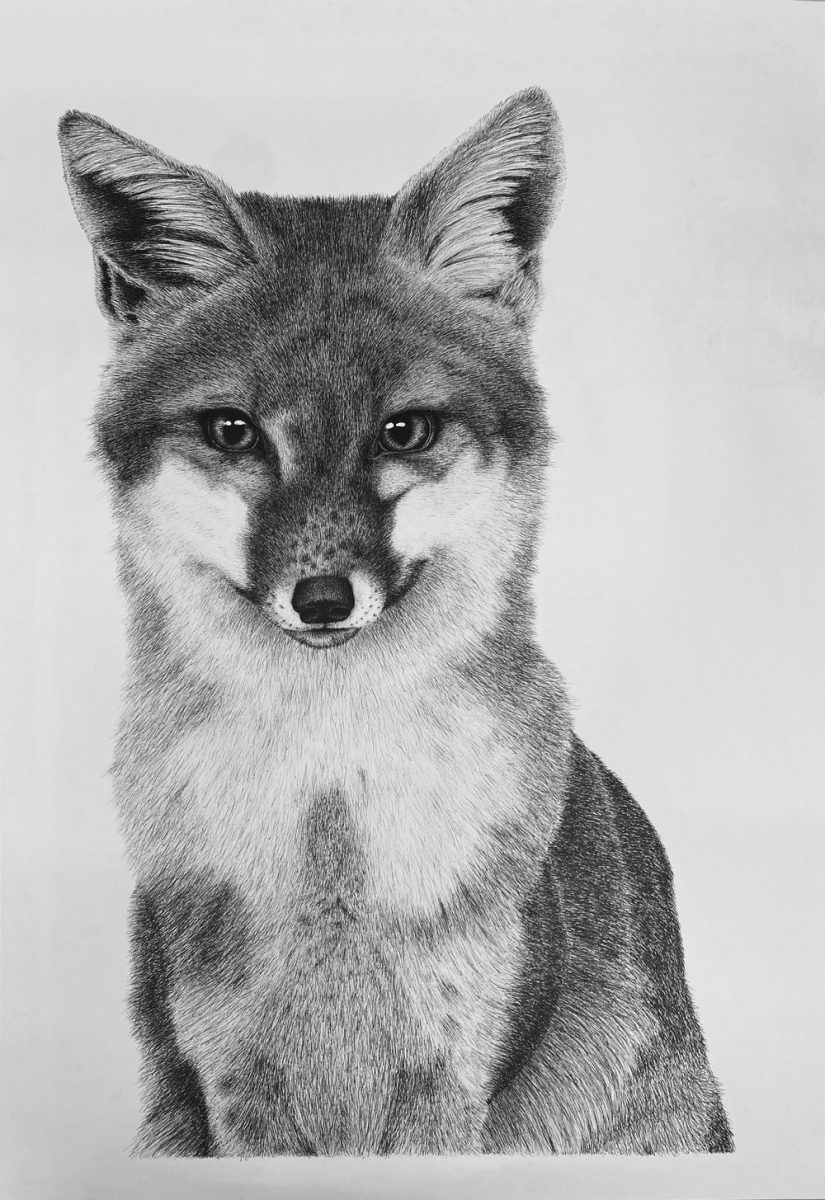Ruby City has brought a new and exciting mixed media display to their Chris Park Studio, with five San Antonio artists contributing.
“Synthesis & Subversion Redux” features the artists Juan Carlos Escobedo, Jenelle Esparza, Barbara Minarro, Angeles Salinas and Jose Villalobos. The exhibit explores the artists’ connection to their Latinx heritage through the use of everyday objects on the artists’ chosen medium.
The name, “Synthesis & Subversion Redux,” was chosen to celebrate the late Frances Colpitt, a distinguished Art History professor at UTSA. In 1966, Colpitt curated the exhibit “Synthesis and Subversion: A Latino Direction in San Antonio Art.” The thesis of the exhibit was to highlight each individual artist’s connection with their culture as well as to subvert said connection through their piece while showcasing popular methods of contemporary art at the time.
Just shy of 30 years later, Ruby City has revitalized that idea: An exhibit challenging the status quo and each artist’s relationship with their identity.
The first visible piece as one enters the studio is from Esparza, titled “The Family Room (2024).” Her work takes a very physical approach, showcasing textiles and their means of production. This takes root from her family’s ties to a cotton farm outside of Corpus Christi, representing the history of not just her own family but the experience of many immigrants in South Texas. The textiles have varied designs, with each representing the physical damage that the work and the experience of said laborers went through.
Heading to the right is work from Villalobos captioned “El ardor era como el que sufrió Carmelita Torres al cruzar la frontera de Ciudad Juárez y El Paso.” The black and white photo depicts a man in a burning cowboy hat, reflecting the experience of El Paso’s Carmelita Torres who started the Bath Riots after refusing to take a gasoline bath as demanded by U.S. immigration officials.
Truly bringing the contemporary to the gallery, Escobedo displays unconventional clothing constructed using cardboard with buildings and houses draped from the sides.
His pieces, “Deconstruction/Construction Boots x J.ESC (2021)” and “ Brownscape View-Neck x J.ESC (2022),” build a connection between his chosen material and capitalism’s views on Latinos. While cardboard is resilient and malleable, it is often disregarded and thrown away without a second thought. The buildings bring connection back to his hometown, El Paso, and his Catholic upbringing.
Another piece based around clothing and textiles comes from Salinas. Her piece, “The Space Between,” is compiled of sewn-together clothing scraps. The sewn clothes depict the border, with a depiction of the Rio Grande flowing through. Her hopes are to bring a serenity to the viewer, reflecting how she feels when flying through the area while also displaying her shared identity between both countries.
Nestled in two opposite corners of the studio are pieces from Miñaro. In her two pieces — like much of the others — she incorporates textiles, using clothing and bedding from friends and family.
Miñaro’s first piece is “Entre Tu y Yo (2018-19).” The dimensions of this piece mirror those of a section of a border wall erected during President Trump’s first term. With its plush composition it is meant to show how it is unable to act as a real barrier, though in other ways it keeps family and friends separated across the border.
“Synthesis & Subversion Redux” brings a fantastic callback to Colpitt’s 1996 exhibit. Each piece encapsulates a different perspective on culture and, as the name suggests, questions the status quo based on the historical experience of the Latino community — whether that is through family, personal experience or notable figures like Torres.
The exhibit is on display from Feb. 15 to Sept. 29. Ruby City is open Thursday through Sunday from 10 a.m. to 6 p.m.


